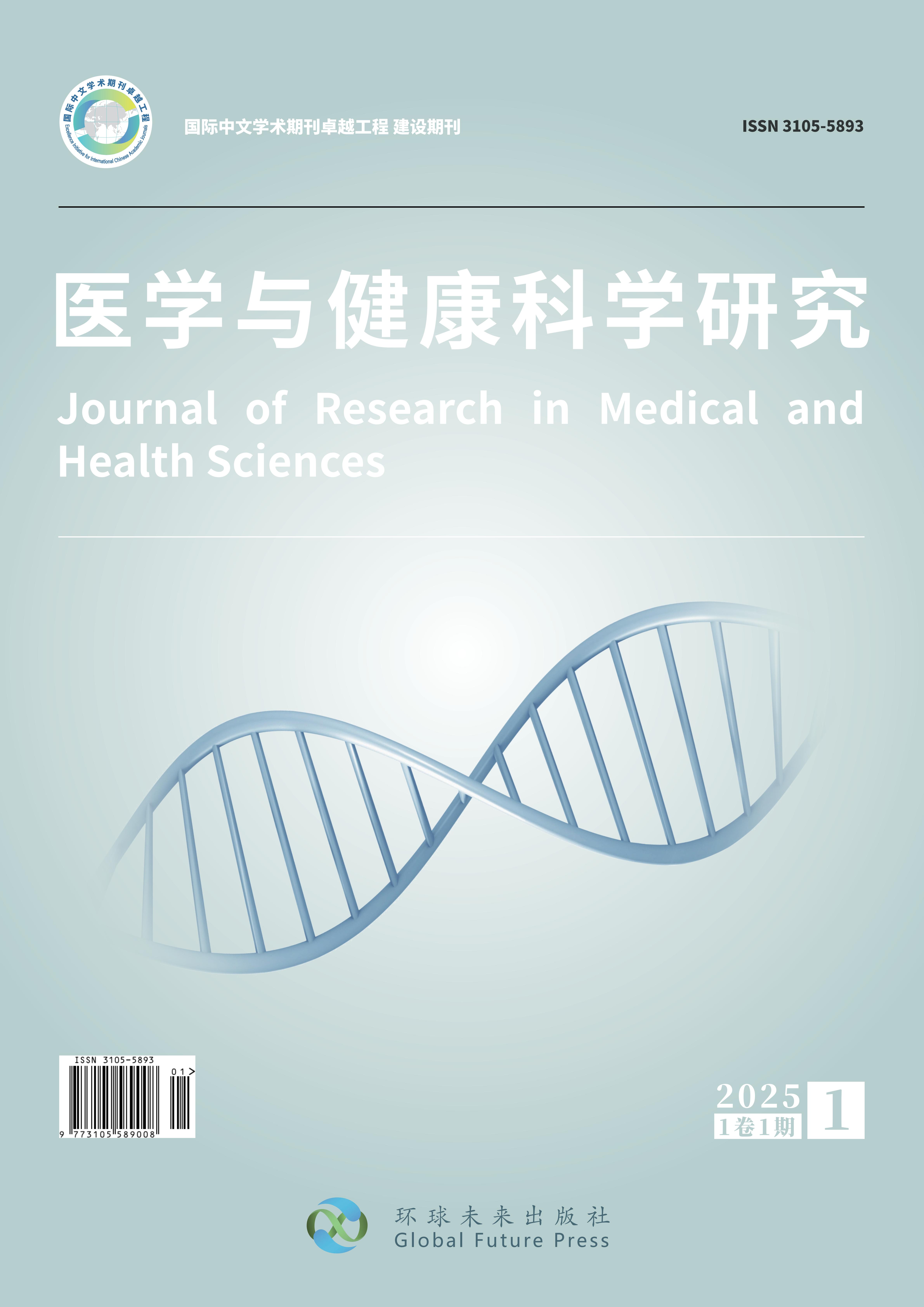Academic Procrastination and Smartphone Addiction: A Dual “Inhibition–Substitution” Pathway and a Contextual Framework of “Rhythm–Restraint–Support”
DOI:
https://doi.org/10.65196/m5a73g71Keywords:
academic procrastination, smartphone addiction, self-control, process-oriented (formative) assessment, compensatory useAbstract
In today’s mobile, high-temptation environment, academic procrastination and smartphone addiction among university students are not isolated phenomena; rather, they co-evolve under the tension between immediate rewards and delayed returns. On the basis of clarifying conceptual boundaries—defining smartphone addiction as the co-occurrence of loss of control, excessive use, and functional impairment, and defining academic procrastination as non-necessary delay accompanied by negative affect—this paper proposes an integrative framework centered on self-control. First, self-control operates via an inhibition pathway that reduces passive distractions and in-the-moment unlocking, and a substitution pathway that offers low-cost strategies for emotion and attention regulation, thereby interrupting the cycle of “anxiety → scrolling → greater anxiety.” Second, behavior emerges from the joint shaping of motivation–incentive–context: weak intrinsic motivation amplifies the substitutive pull of the phone; algorithmic recommendation increases temptation density; and loose learning structures raise the cost of self-regulation. Third, the paper advances context-sensitive interventions and actionable scaffolds under a “rhythm–restraint–support” framework—using implementation intentions and proximal, specific sub-goals to translate long-term aims into executable schedules, and employing fixed deep-work blocks, minimal device accessibility, and process-oriented assessment to lower choice costs and create positive feedback. The contribution lies in translating self-control from an abstract “willpower” notion into a designable and assessable system of action, offering practicable pathways for university curricula and learning support, and laying out structured propositions and operational indicators for subsequent quantitative testing and contextualized practice.

